Introduction to the characteristics and Flavor of Coffee beans by anaerobic fermentation
Nowadays, coffee treatment methods emerge one after another. after we understand the "old" treatments such as washing, tanning and honey treatment, there are "new" treatments such as anaerobic treatment, enzyme treatment and carbon dioxide impregnation. Qianjie has also been exposed to many novel and strange ways of handling coffee beans made by the legal system, which generally have a "special" flavor, which makes people can't help but understand how these flavors are handled.
-anaerobic-
Anaerobic is a step of treatment, and the general treatment will be marked as anaerobic solarization, anaerobic washing, and anaerobic honey treatment. In essence, these coffee beans are treated by sunlight, water washing and honey treatment, but the anaerobic step is added to these traditional treatments.
The main function of adding anaerobic step during treatment is to use anaerobes to decompose the sugars in coffee into organic acids, esters, aldehydes and other aromatic substances such as lactic acid and acetic acid under anoxic environment. As a result, coffee beans have a special flavor. For example, Qianjie in the use of anaerobic sun in the summer, in addition to tasting the rose summer itself with the floral citrus flavor, but also yogurt-like acidity.
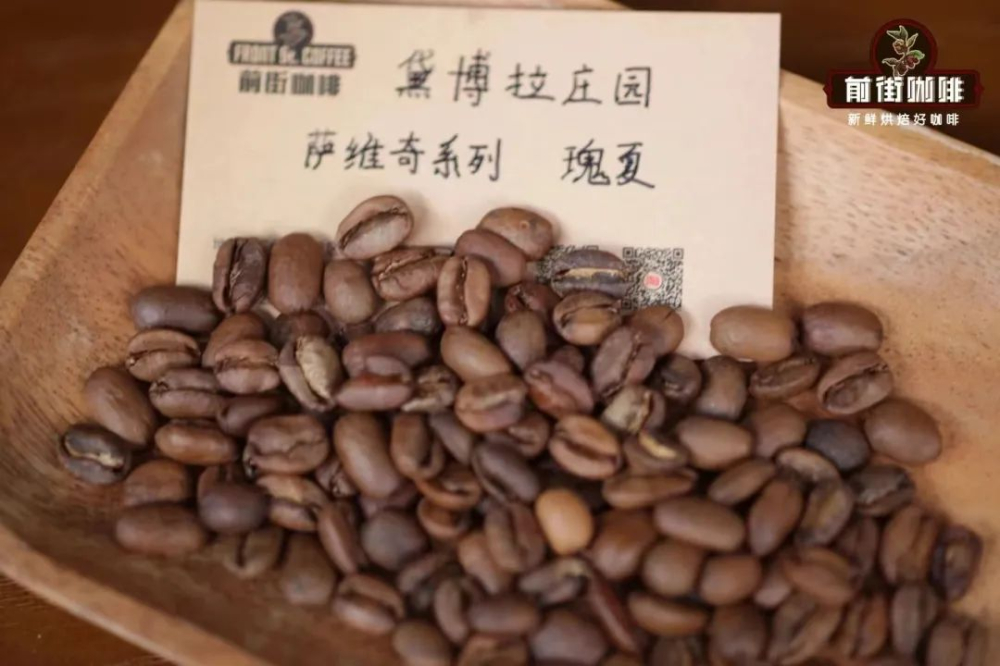
The steps of anaerobic fermentation are divided into two ways: vacuum and non-vacuum, which means that freshly picked coffee fruits or peeled coffee beans are packed in plastic bags or stainless steel buckets (also in plastic buckets). Then the air is extracted and sealed for fermentation, depending on the treatment process of the manor, mostly between 36 and 168 hours.
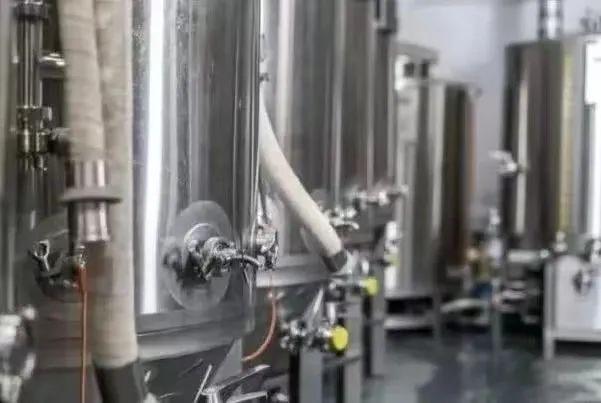
Without vacuum, the stainless steel bucket is directly sealed after being filled with coffee fruit (beans). The bacteria do aerobic respiration and consume oxygen to produce carbon dioxide and water, thus consuming the oxygen in the sealed bucket to achieve the effect of no oxygen. The common anaerobic treatments are anaerobic solarization and anaerobic washing. Anaerobic solarization is the step of anaerobic treatment of freshly picked coffee fruits in a sealed bucket (bag), and then routine sun treatment of the coffee fruits in the sealed bucket.
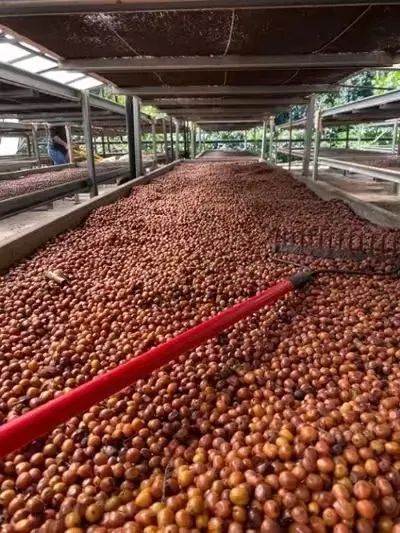
Anaerobic washing is to peel the newly picked coffee fruit, then put the coffee beans into a sealed bucket (bag) for anaerobic treatment, and then rinse the coffee beans in the bucket to wash off the pectin layer attached to the coffee beans. after that, the regular drying steps are carried out. -carbon dioxide impregnation-carbon dioxide impregnation, also known as CM treatment, also falls into the category of anaerobic treatment, only because the coffee beans treated in this way by Sasa won the world barista competition in 2015. So as to draw people's attention to this new method of treatment. This treatment actually draws lessons from the brewing process of red wine, adding carbon dioxide to sealed stainless steel barrels, so carbon dioxide impregnation is also called red wine treatment in some places.
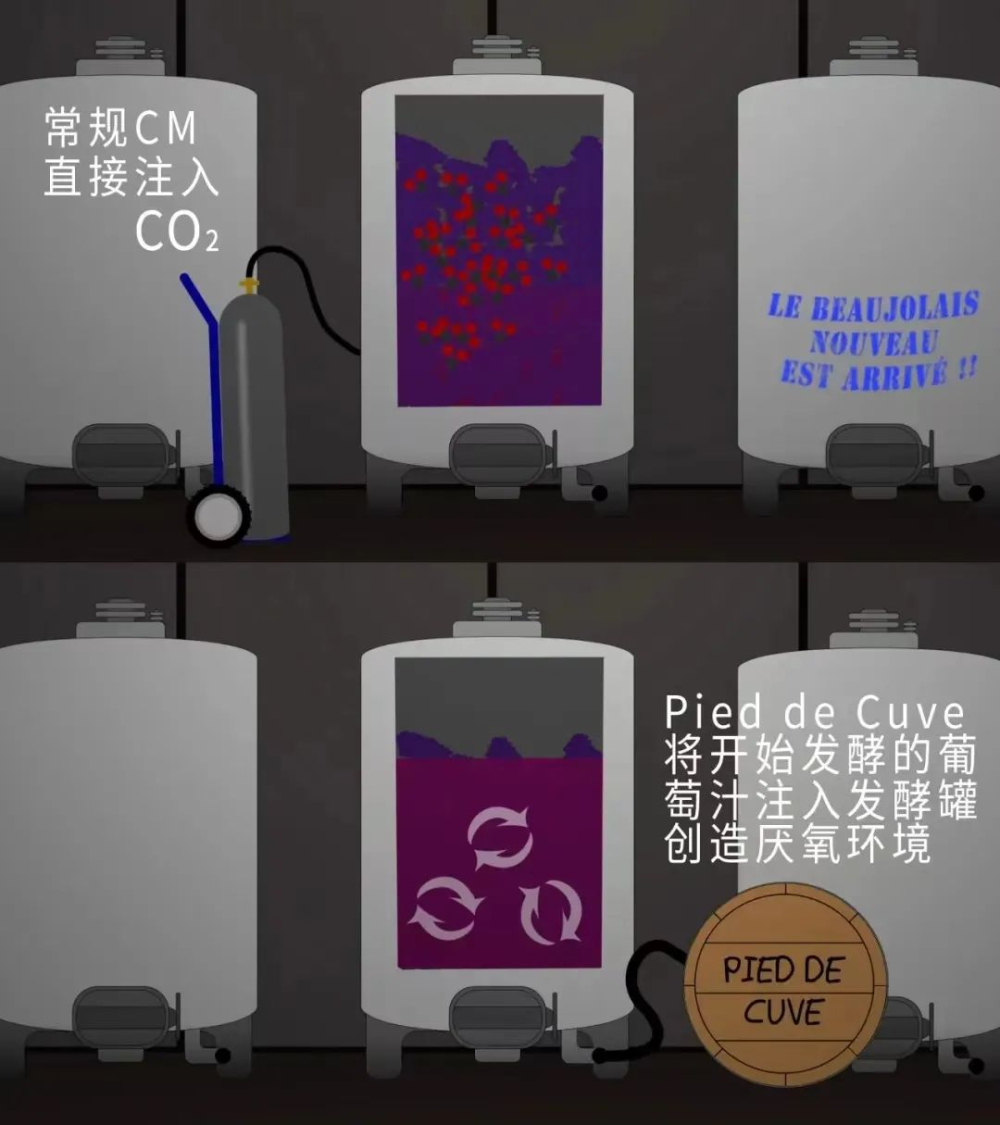
Similarly, carbon dioxide impregnation is also divided into two versions: sunburn and water washing, and the difference is that the substance fermented in the bucket is the coffee fruit in the sun version and the peeled coffee beans in the water version.
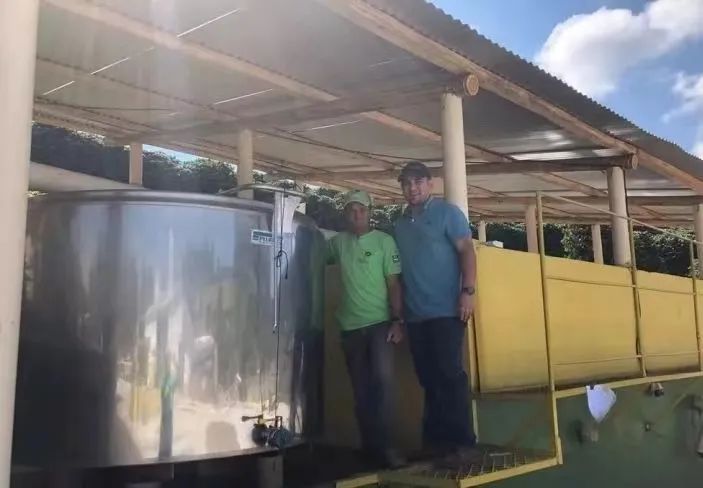
Take the sun version as an example, wash the newly picked coffee fruit, then put it in a sealed bucket and inject carbon dioxide. After the injection of carbon dioxide, a certain air pressure will be formed in the bucket, which will "crush" the coffee fruit and release fruit juice. these fruit juices are rich in yeast and other microorganisms to help coffee beans ferment, and high concentrations of carbon dioxide can inhibit the reproduction of aerobic bacteria. at the same time, anaerobes such as lactic acid bacteria and yeasts multiply in large numbers. Generally, the subsequent drying steps can be carried out after fermentation in the barrel for 36-48 hours. Of course, whether the flavor of the coffee treated by anaerobic treatment is good or not, and how long it takes to actually ferment. It depends on the temperature, PH value, pressure, sugar content and other parameters during fermentation. Enzyme-some anaerobic treatments have the word "enzyme", such as washing with anaerobic enzyme. What does this enzyme mean? Enzymes are actually enzymes that can catalyze fermentation with the help of microorganisms such as yeast. Anaerobic enzyme washing is actually adding enzymes in the anaerobic step to help better ferment the desired flavor, such as adding fruit pulp and coffee peel pectin to coffee beans for anaerobic fermentation, the principle is the same.
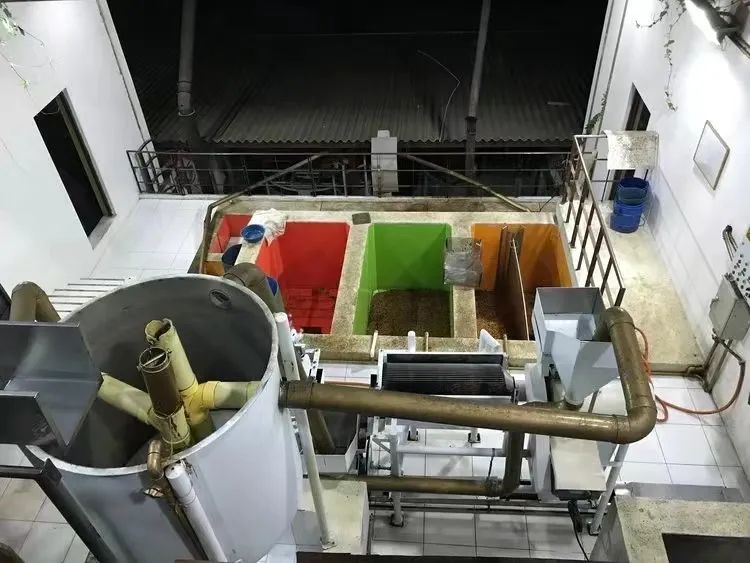
Finally, it is concluded that anaerobic is only a treatment step, and not all anaerobic treatments have to add catalysts (enzymes). Carbon dioxide impregnation is a kind of anaerobic treatment, anaerobic treatment is just a general term, specific operation, there will be a variety of parameters interact with each other, naturally, the same anaerobic solarization treatment, its flavor can also be very different. Enzyme is a catalyst that helps microbial fermentation and belongs to a kind of protease.
Important Notice :
前街咖啡 FrontStreet Coffee has moved to new addredd:
FrontStreet Coffee Address: 315,Donghua East Road,GuangZhou
Tel:020 38364473
- Prev

What are the characteristics of 72-hour coffee washing?
Professional coffee knowledge exchange more coffee bean information Please follow the coffee workshop (Wechat official account cafe_style) most people often hear about washed beans, sun-dried beans, honey prepared beans, what does it mean? The so-called washing, sun and honey treatment refers to the treatment of the fruit of coffee beans picked after ripening, while the fragrance of the same coffee beans after different treatments.
- Next

What is double anaerobic fermentation Coffee double anaerobic fermentation Coffee Bean double fermentation
For more information on coffee beans, please follow the Coffee Workshop (official Wechat account cafe_style) double anaerobic fermentation at Paradise Manor, Cauca, Colombia. Colombia Cauca El Paraiso Double Anaerobic batch # 1 anaerobic solarization batch # 2 double anaerobic Rose Tea Rosa T lot # 3 double anaerobic Tropical style Tropical
Related
- What is the meaning of lactic acid fermentation with coffee bean treatment?
- How to judge the state of foam by sound?
- How does the latte pull out the unicorn pattern? Come to get for a little trick to improve the flower pull!
- Will flower pulling affect the taste of the latte?
- Do you know the history of coffee?
- The difference between honey treatment and sun washing what is raisin honey treatment?
- What kind of milk can a novice use to make coffee foam to keep the foam longer? The correct method and skills of milking tutorial sharing
- Why do washed coffee beans taste sour? Flavor characteristics of washed Coffee
- Introduction to the skill of how to practice the size and height of water injection around the circle of hand-brewed coffee
- How do beginners practice coffee flower drawing from scratch?

